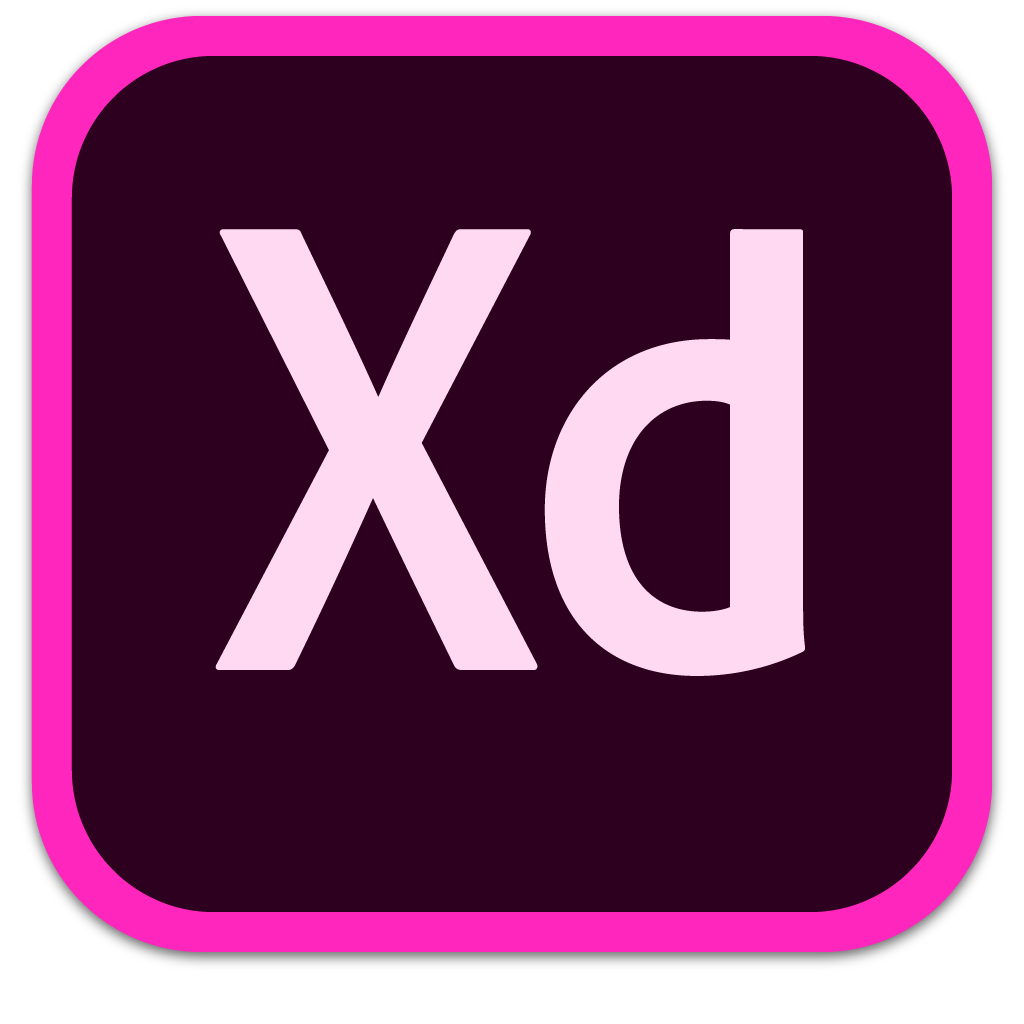Glossary
Welcome to the glossary! This is a list of terms to make sure we're all talking about the same thing.
Glossary terms are highlighted throughout the documentation like this: JavaScript. To see the definition, just hover your mouse over the word, or click on the word to jump back to this glossary page.
Application
An XD-specific namespace that provides access to various methods that aren't specific to the XD document. Read more.
Base64
A representation of binary data that can be transferred safely over the internet.
Clipboard
A temporary storage location that the user can utilize to save or retrieve text or other snippets on command. Adobe XD provides an API for accessing the clipboard.
Class
A template (of sorts) used to instantiate objects. An instance has the same instance methods and properties as specified in the class.
CSS
Short for Cascading Style Sheets. Adobe XD supports a subset of CSS.
Developer Console
Displays logs and errors generated by your plugin, helping you debug your code.
DOM
Short for Document Object Model. Generally refers to the HTML5 DOM.
ECMAScript
See JavaScript.
ES5
An older version of JavaScript from 2009.
ES6
A modern version of JavaScript. See ES2015.
ES2015
A modern version of JavaScript, previously named ES6.
Destructive Action
An action, which when taken, is destructive to the user's open document or their files. Such an action may be undoable, but this is not always the case.
Dialog
Represents a user interface concept whereby a sheet or window is displayed and asks the user for more information (hence the word "dialog" – the user and computer are dialoguing together).
Dismissive Button
A dismissive button will close a dialog. Whether an action continues after the dismissal of the dialog depends upon which button is clicked. "OK", "Cancel", "Yes", "Don't Save", "Delete" can all be dismissive buttons.
Edit Context
Represents the context within which a plugin or user is allowed to make edits to the user's scenegraph. Read more.
GUID
A globally unique identifier.
HTML
Short for hypertext markup language. XD Supports a subset of HTML.
HTML5
The modern version of HTML.
ImageFill
Used to fill a SceneNode with bitmap data. Read more
Instance
An instance of a class. May also refer to instance properties or methods.
JavaScript
JavaScript is a common programming language that is used in many various contexts, including the web and on servers. Adobe XD uses JavaScript to help leverage the existing skills of the entire JavaScript ecosystem.
JSON
Short for JavaScript Object Notation.
Manifest
A manifest is used to declare various facts about a plugin. For example, a manifest includes the plugin's name, a unique ID, and what functions correspond with what menu items. Read more.
Node
A tree node. Depending on context, this node may refer to a HTML5 DOM Node or an XD Scenegraph node.
React
Also known as ReactJS. A declarative, component-based JavaScript library for building user interfaces. Learn more about React.
SceneNode
A SceneNode represents a node within the user's scenegraph.
Scenegraph
A scenegraph represents the user's document. It is so called because it is a tree (a kind of graph) of nodes that, when taken together, represents the entire "scene" of the document. Adobe XD provides an API for manipulating the scenegraph. Learn more about the scenegraph.
SceneNodeList
A list of scene nodes. Read more
Static
A static method or property. These exist at the class level, and not on instantiated objects.
UXP
Short for Unified Extensibility Platform. Adobe XD uses UXP for some of its extensibility APIs.
XHR
Short for XMLHttpRequest.
XMLHttpRequest
An network I/O API that can be used to request information from local and remote endpoints. See documentation.
WebSocket
A network I/O API that enables real-time communication with local and remote endpoints. See documentation.
Widget
Any interactive control or rendition provided by the user interface. For example, a clickable "button" is a widget.
